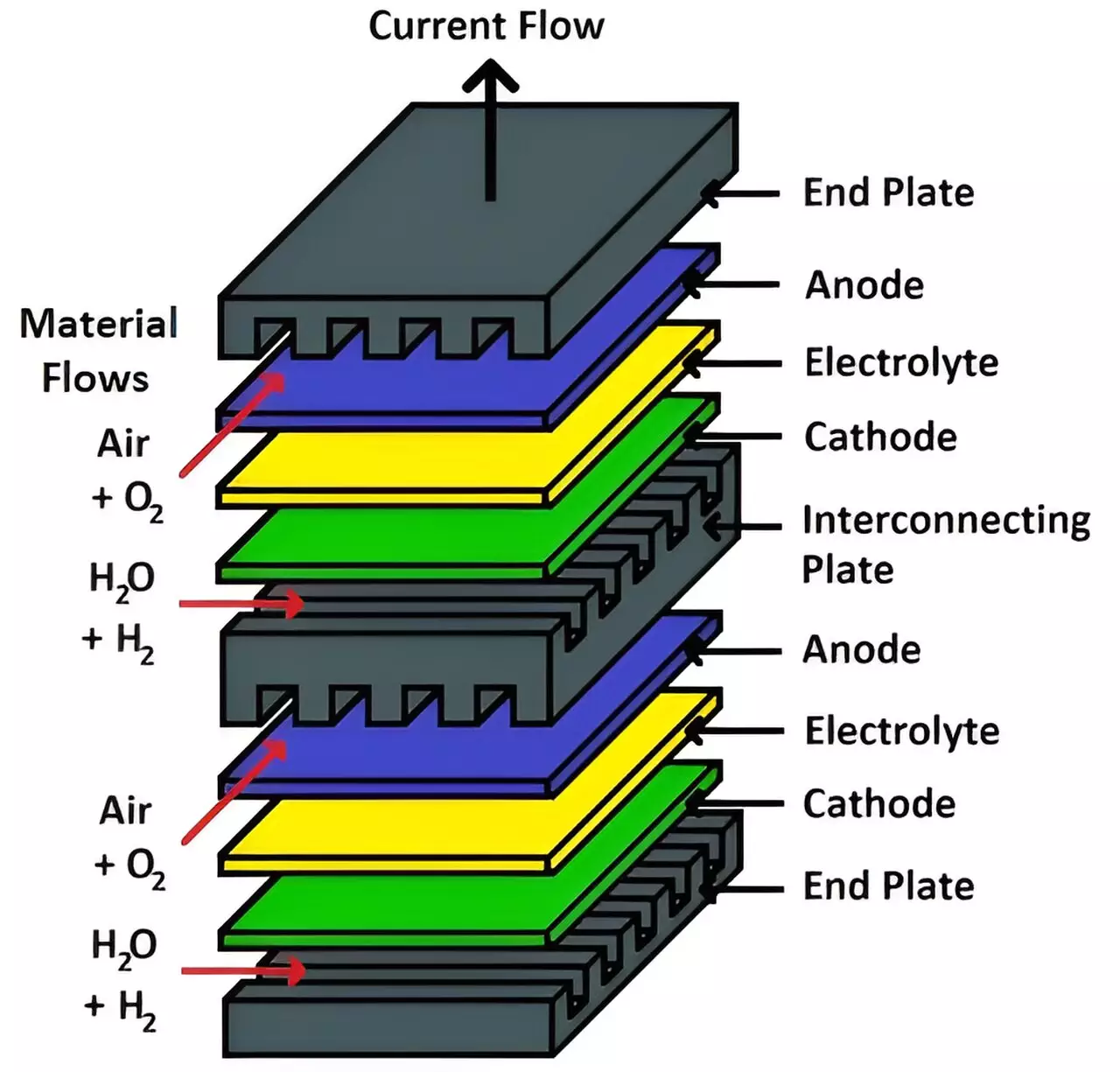The future of energy infrastructure is poised for a revolution, distancing itself from the traditional means of energy supply that we depend on today. A notable advancement in this direction is a recent study from the National Nuclear Laboratory (NNL), which suggests that harnessing nuclear energy for hydrogen production may not only be plausible but could also present a significant economic opportunity. With a shared ambition to meet net-zero emissions goals by 2050, the insights from this research exemplify a paradigm shift that could shape the very framework of energy generation and consumption.
Hydrogen, alongside hydrogen-derived alternative fuels, is posited as a pivotal player in the shift towards a low-carbon economy. According to Mark Bankhead, the Chemical Modeling Team Manager at NNL, the coupling of nuclear power with various hydrogen production technologies is key to unlocking the economic potential of these energy sources. This innovation aims to minimize carbon footprints while supporting the strategic objectives outlined for the 2030s and beyond. Effective modeling of these technologies is required to enhance their efficiency and thereby maximize their economic advantages.
The research published in the journal *New Energy Exploitation and Application* indicates that thermochemical hydrogen production in combination with High-Temperature Gas-cooled Reactors (HTGR) presents unique competitive edges. Although the integration of these technologies is still a work in progress, the foundational modeling conducted by the NNL sets the stage for further optimization and deployment.
Central to the research outcomes is a sophisticated mathematical model designed to evaluate the economic viability of various hydrogen production methods when paired with nuclear energy. This two-part model reflects the complexity and interdependencies of the processes involved. Firstly, it delves into the physical and chemical intricacies of different hydrogen production methodologies, offering a rigorous approach to ascertain their operational efficiency. By quantifying hydrogen output based on energy input, this model establishes a robust metric for analysis.
Simultaneously, a second component incorporates economic evaluation, merging operational costs with the expenses associated with energy provision. Kate Taylor, a process modeler at NNL, emphasizes that this integrative framework not only assesses current costs but also anticipates future advancements in technology, providing a forward-looking lens into the economic landscape of hydrogen production. The projections derived from this model are notably optimistic, heralding a potential reduction in hydrogen costs that could render nuclear-powered hydrogen production a feasible alternative.
Cost Analysis: Unraveling Economic Viability
Hydrogen can be produced through various methods, including high-temperature steam electrolysis and thermochemical cycles, each presenting distinct economic considerations. The findings suggest that high-temperature steam electrolysis, when utilized in conjunction with HTGR technology, could emerge as a cost-effective process, estimating production costs at approximately £1.24 to £2.14 per kilogram. Meanwhile, thermochemical cycles are projected to vary considerably, spanning from £0.89 to £2.88 per kilogram.
Notably, the more mature technology of steam electrolysis offers more predictable cost assessments and a clear pathway toward rapid deployment. Therefore, as this model demonstrates, there exists a competitive economic edge in coupling nuclear energy with hydrogen production, particularly when juxtaposed against other low-carbon energy alternatives.
The Road Ahead: Broader Implications of Nuclear-Hydrogen Integration
The strategic implications of integrating nuclear power with hydrogen production extend beyond mere cost-efficiency. By aligning with the robust capacity of nuclear energy, the model indicates that hydrogen production can not only ramp up to meet rising demands but also do so in a localized and flexible manner, enhancing accessibility to end-users. Furthermore, the consistency of nuclear power serves to mitigate concerns regarding intermittent energy supplies, which has often hindered the broader adoption of renewable sources.
As various nuclear technologies advance, including the imminent development of the HTGR, the potential to couple these reactors with hydrogen production facilities is increasingly tangible. The forthcoming demonstration in the UK is set to enhance this integration further, establishing a benchmark for future endeavors.
The exploration of nuclear energy as a powerhouse for hydrogen production signals a monumental shift in our approach to sustainable energy. By embracing innovative technologies and fostering synergies between nuclear power and hydrogen production, we can unlock new avenues toward achieving ambitious climate goals. The collaborative research from the National Nuclear Laboratory paves the way for a cleaner, more efficient energy future, fostering a landscape where hydrogen plays a central role in mitigating climate change and driving economic viability. As we look ahead, the fusion of these technologies could very well define the contours of our energy infrastructure, heralding a new era of sustainability and resilience.

